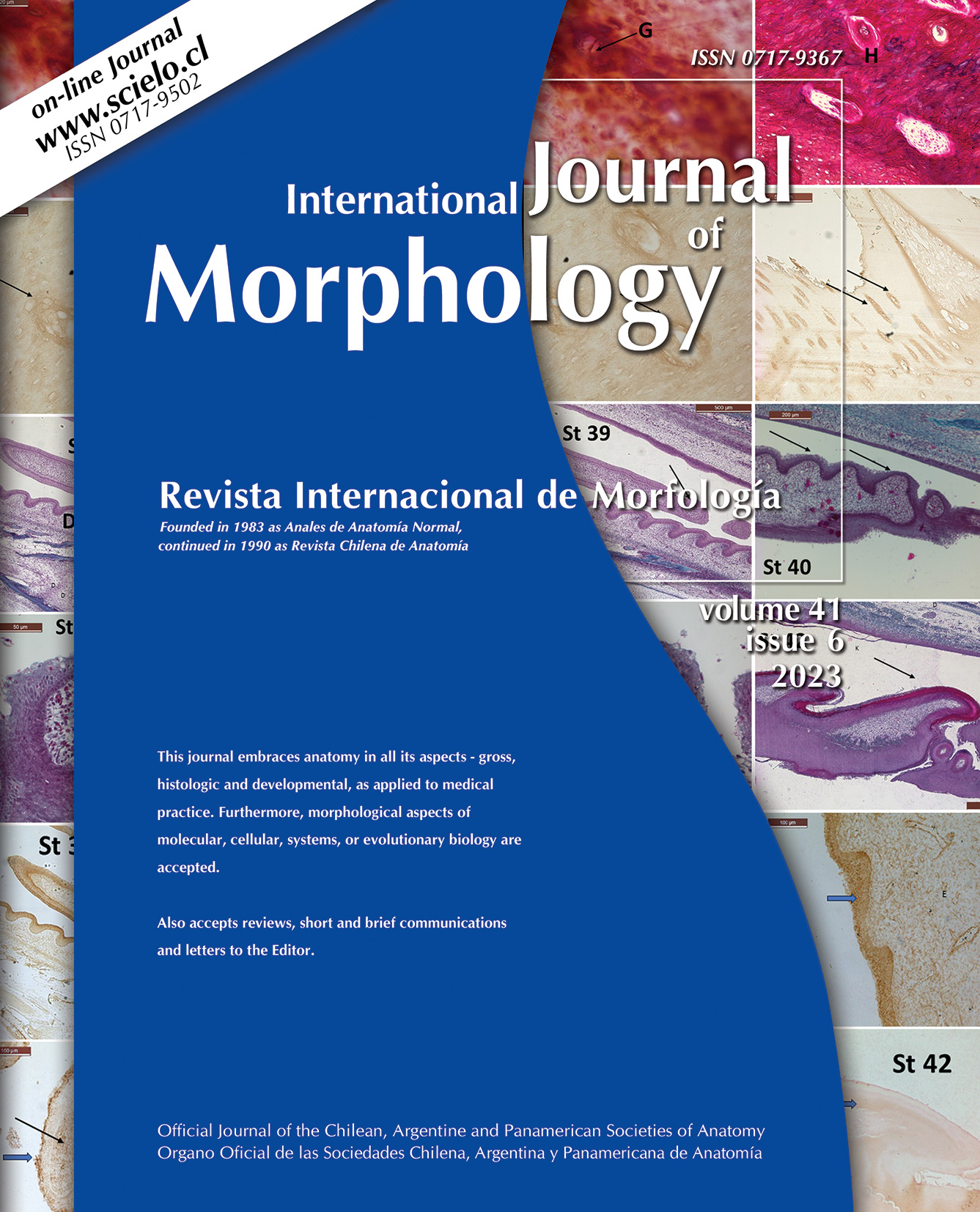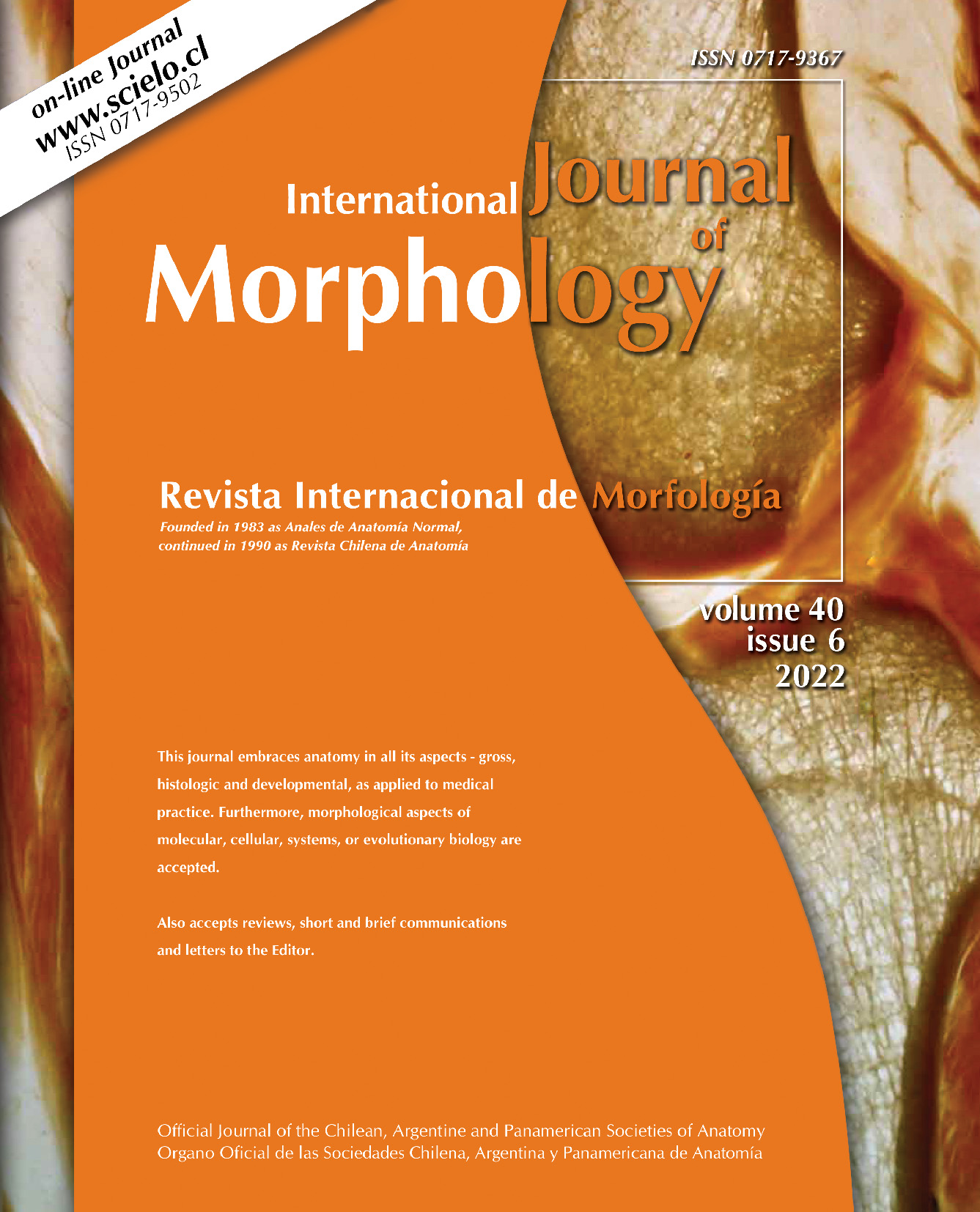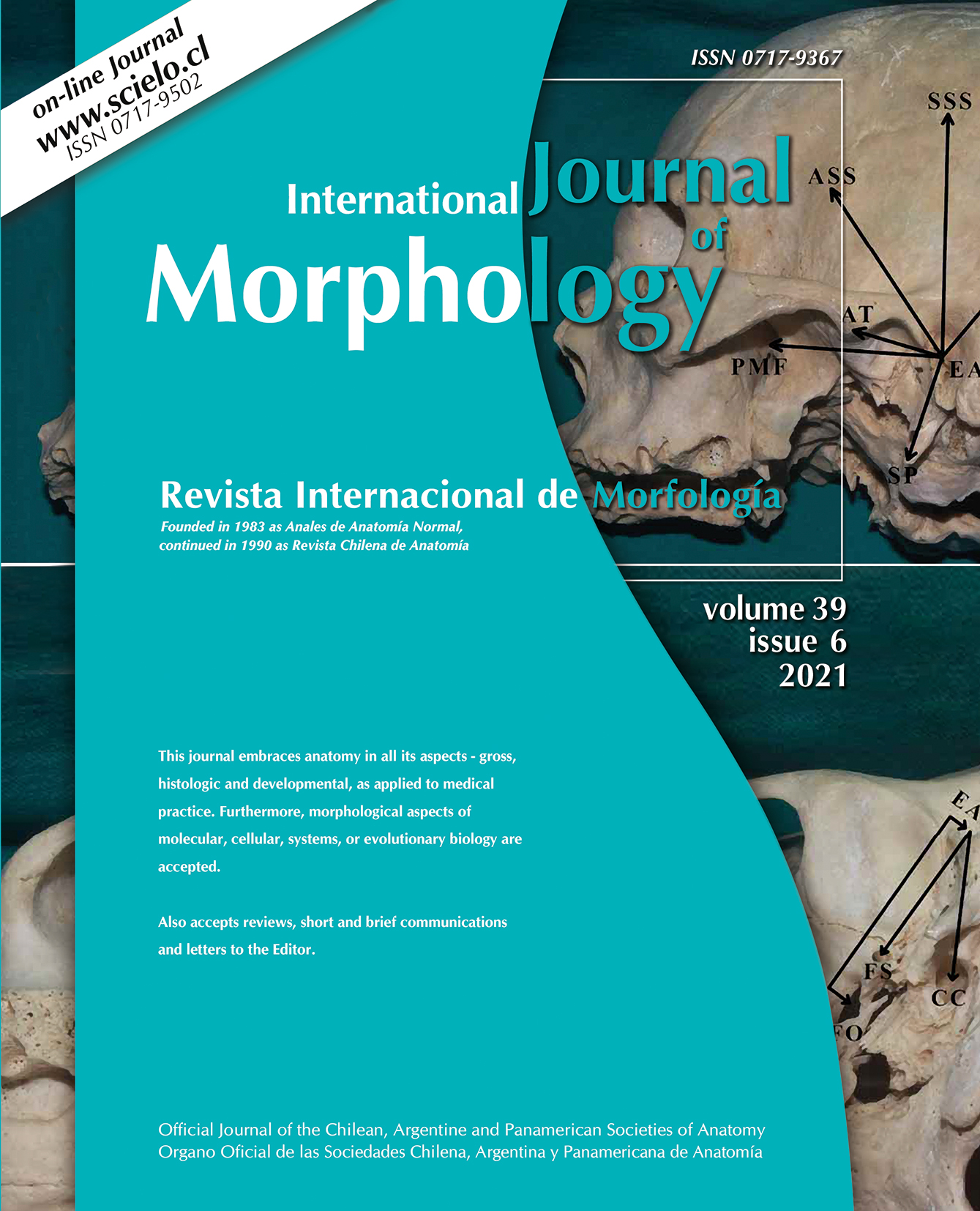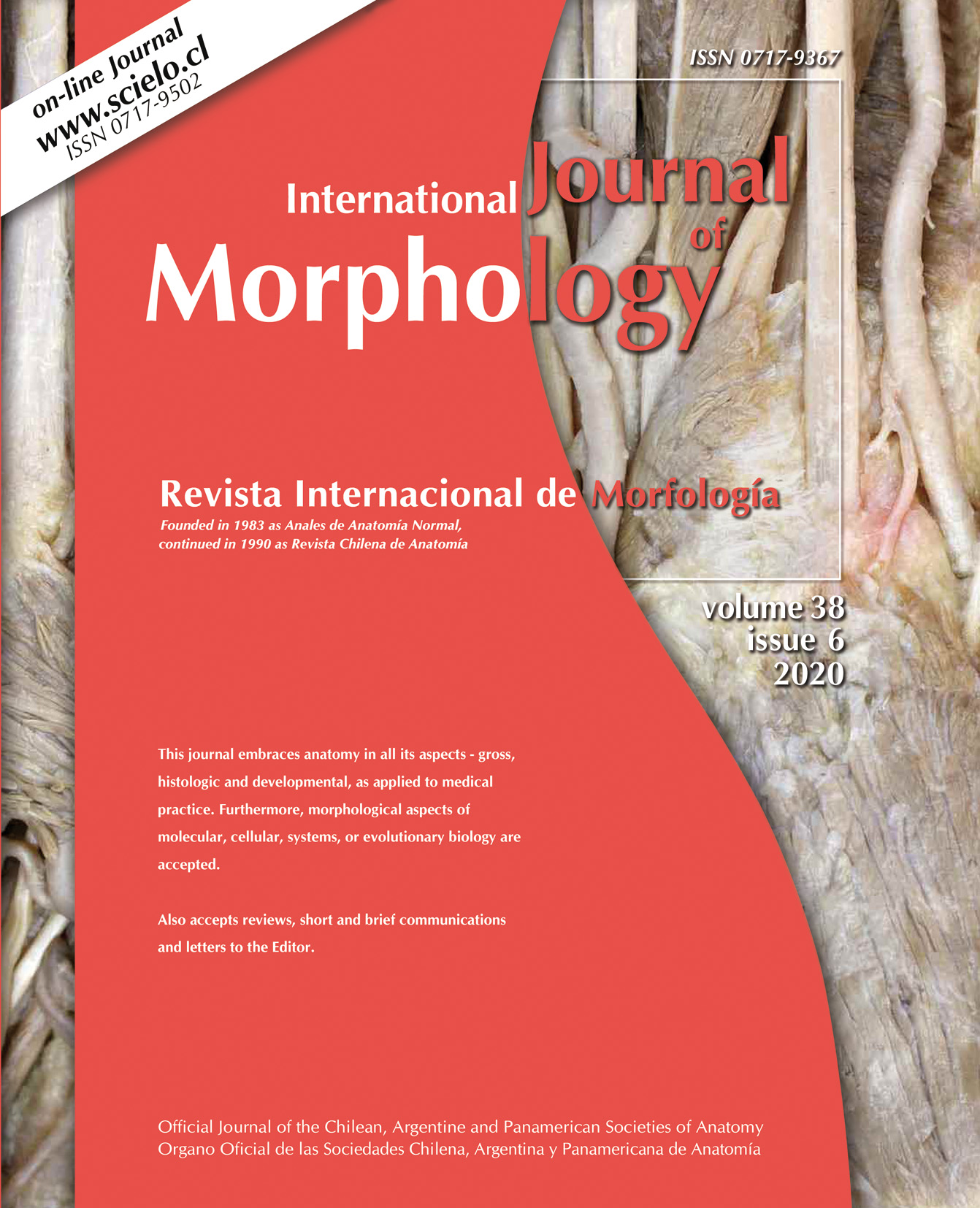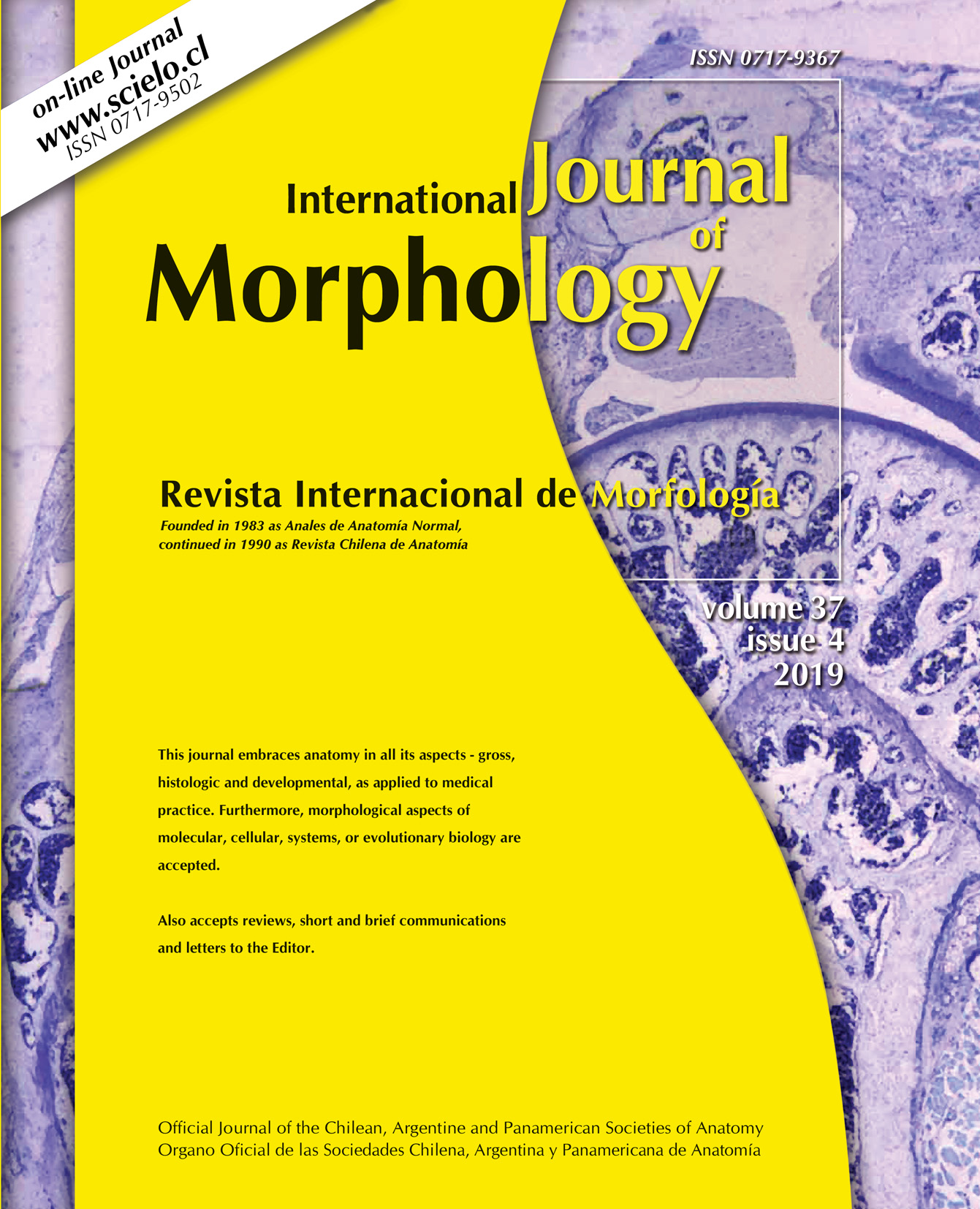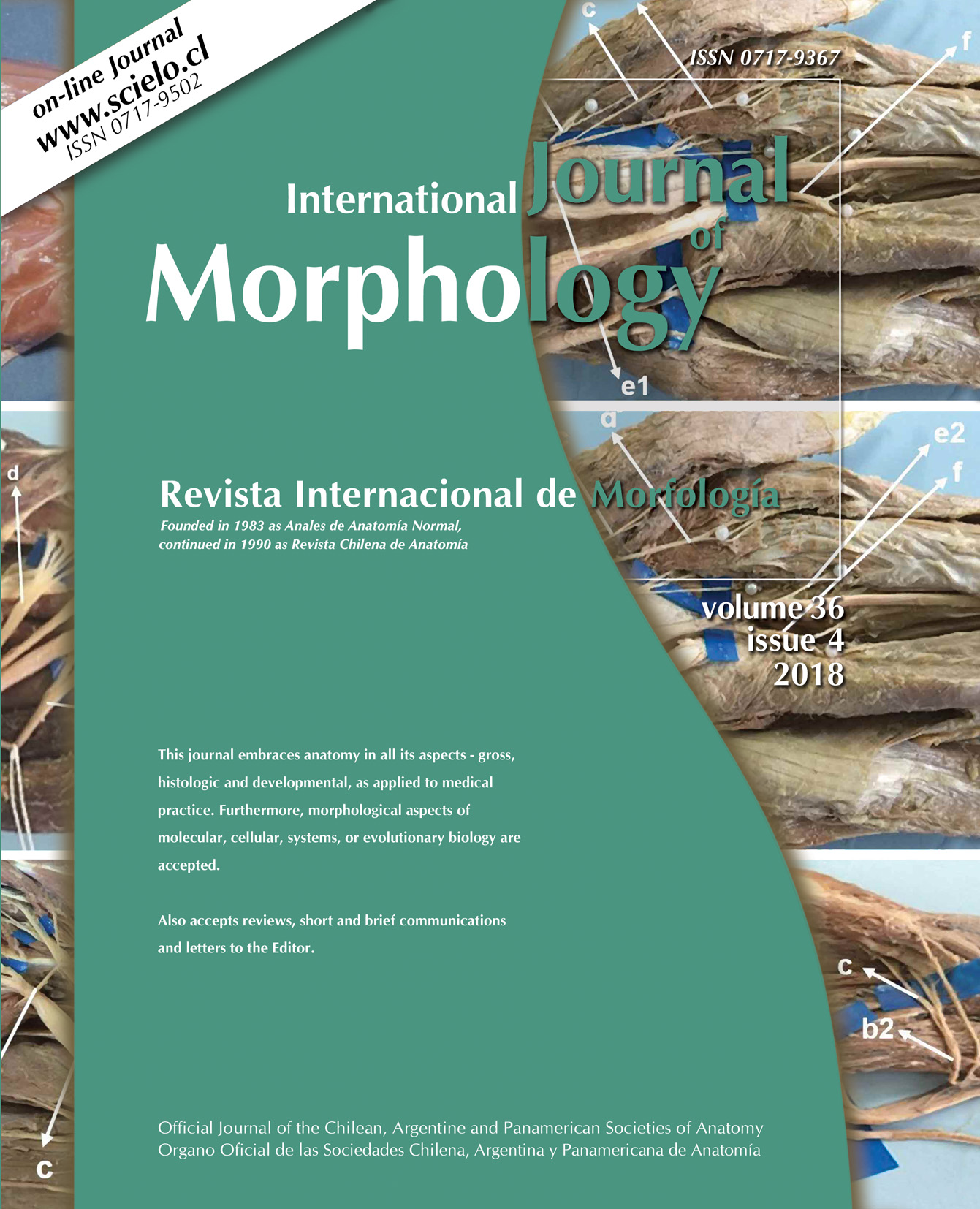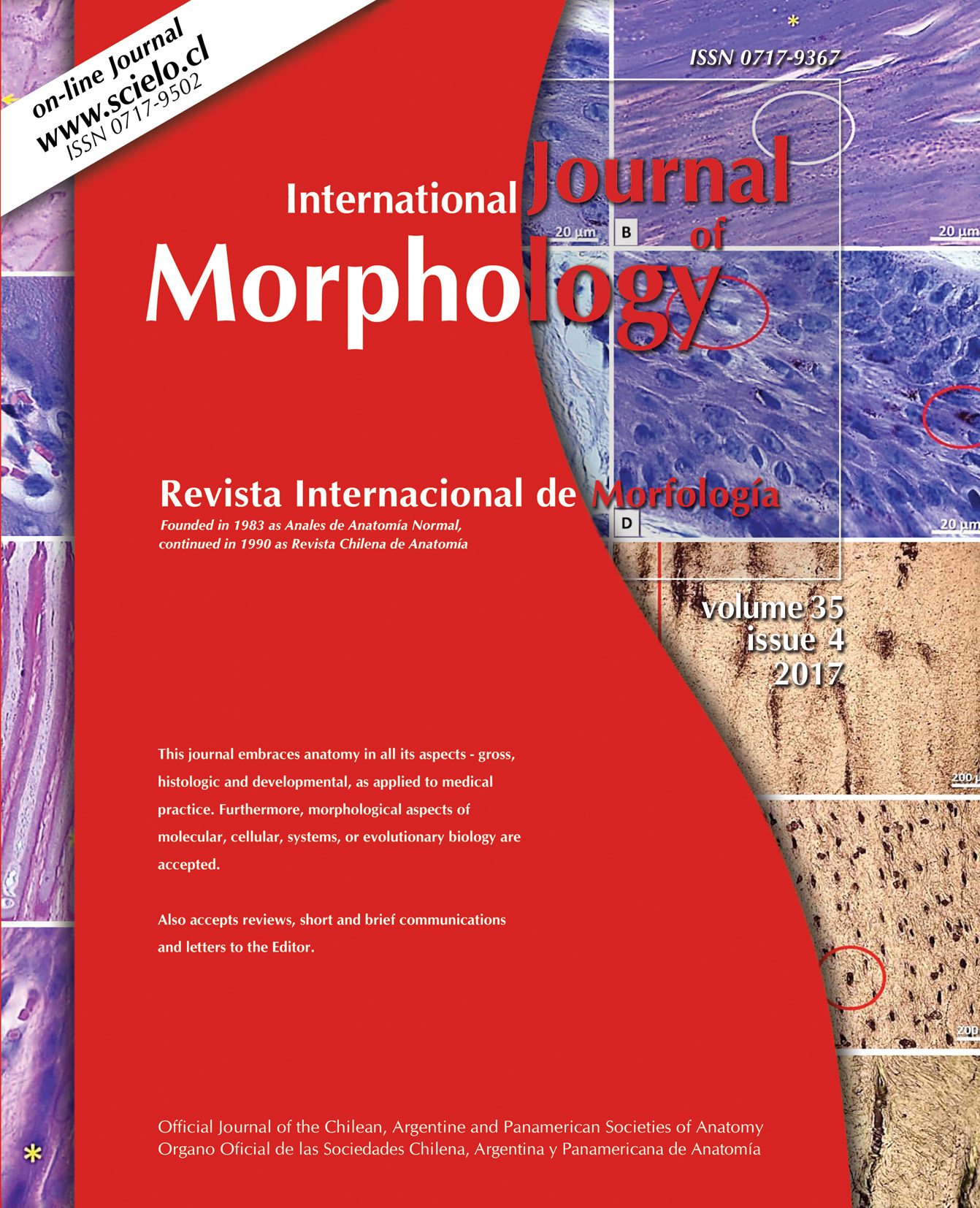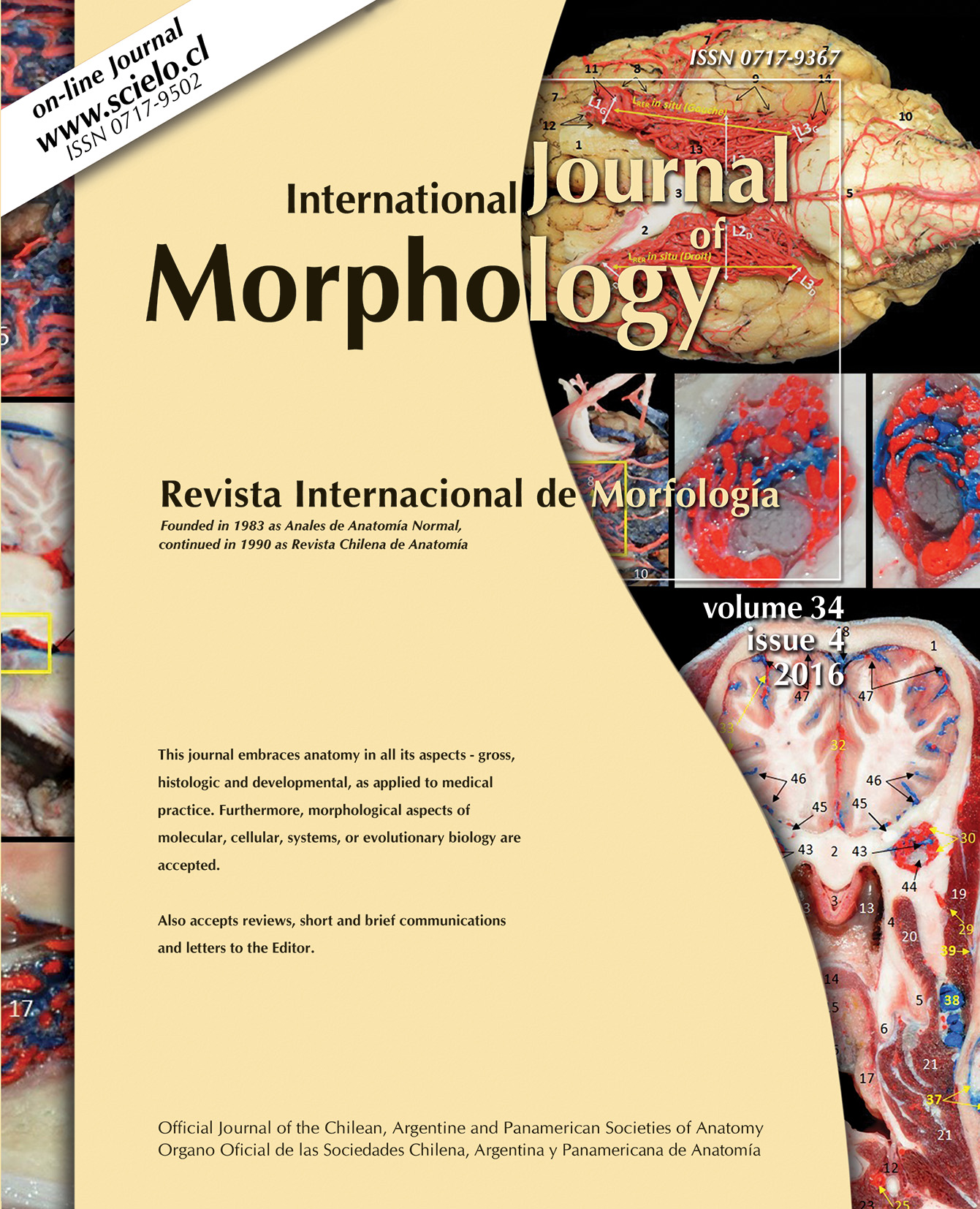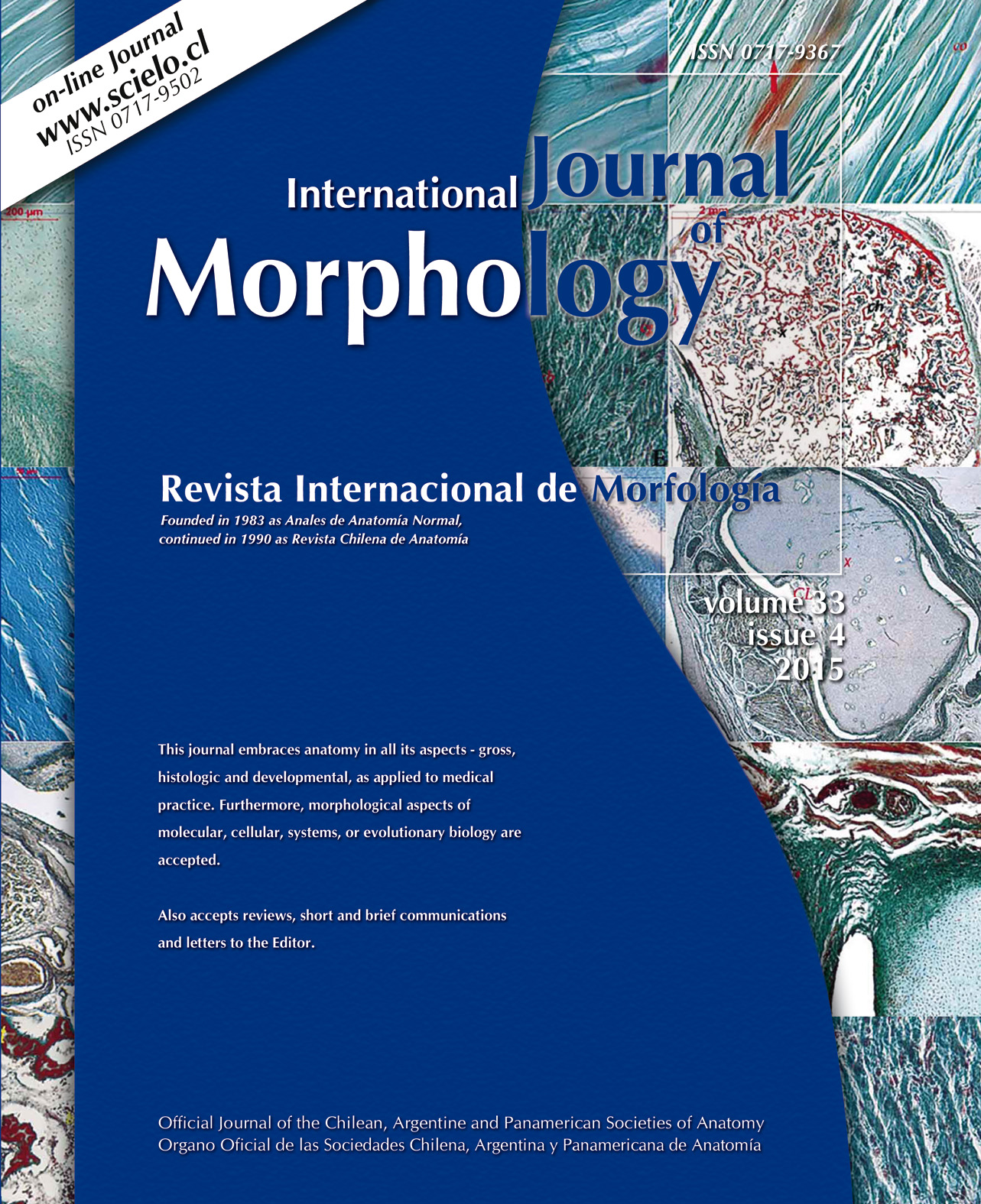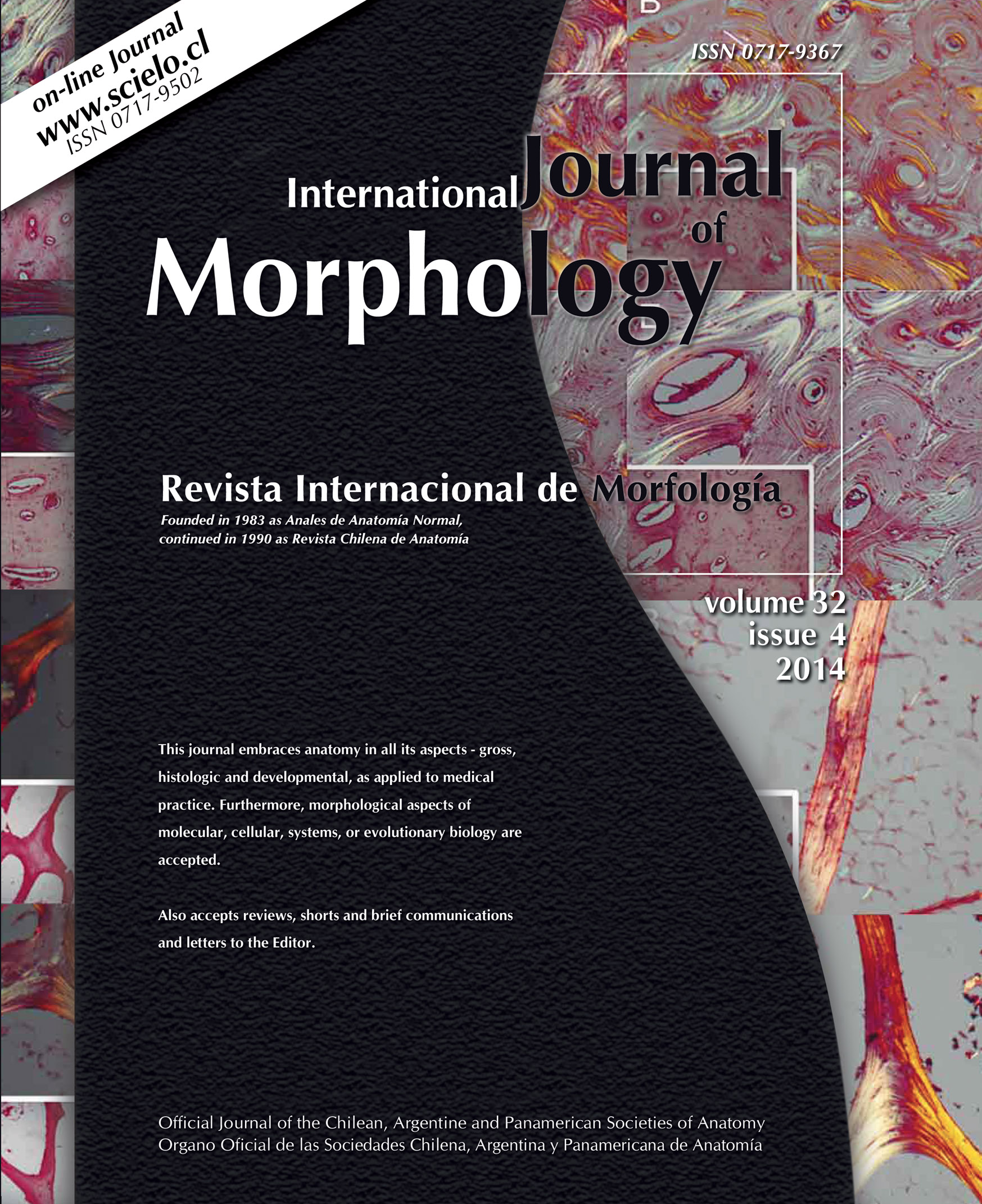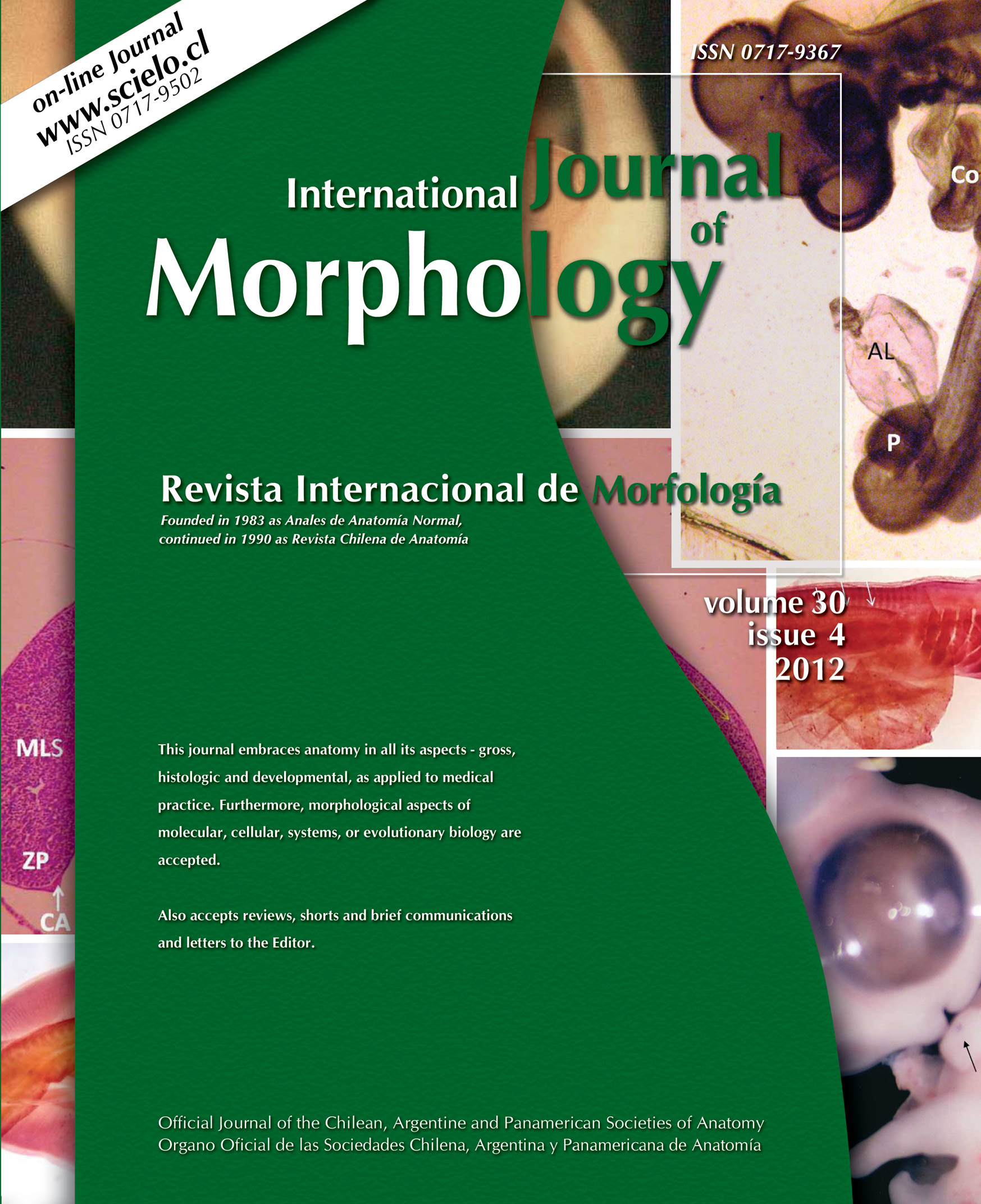A Computed Tomographic Study of Umbilical Anatomy: The Relationship between Umbilical Thickness and Diameter
Maru Kim & Seong-Taek Oh
Summary
Laparoscopic surgeries were first introduced in the 1980s. More recently, similar techniques such as natural orifice transluminal endoscopic surgery and other advanced transumbilical surgeries have been developed. With all of these surgical advances, basic information about the umbilicus is lacking. This study evaluated the relationship between umbilical diameter and thickness, as well as the underlying vessels, in order to develop a simple means of assessing umbilical anatomy. We retroactively reviewed 842 computed tomography images that included the umbilicus. Umbilical thickness, diameter, type of vessel located beneath the umbilicus, depth to the vessel, and other parameters were measured. Age and sex were noted, and their relationship was analyzed as it pertains to the umbilical anatomy. Average umbilical thickness and diameter were 8.2 mm and 3.5 mm, respectively. Vessels directly under the umbilicus were located on average 60.0 mm from the umbilicus. The most common vessels detected were the aorta and the right common iliac artery. A wider umbilical diameter was correlated with a thinner umbilicus. As natural orifice transluminal endoscopic surgery is relatively new, further studies regarding umbilical anatomy and clinical correlation are warranted. However, this report brings to light the importance of basic umbilical anatomy, and that these characteristics should be taken into account during the laparoscopic entry procedure.
KEY WORDS: Umbilicus; Anatomy; Laparoscopy.












